Copper is one of the fastest growing areas of metal 3D printing, in demand for everything from electric motors to heat sinks.
Previously, 3D printing with copper was challenging due to the metal's reflectivity and high thermal conductivity. Advances in printers and materials have largely overcome these early challenges. Today, 3D-printed copper parts, propulsion systems send rockets into space, copper heatsinks cool processors, and copper coils increase the performance of electric motors.
Copper plays a huge role in achieving global sustainability goals as a key component of electric motors, charging infrastructure, solar energy and batteries. Actually, S&P Global 2022 survey predicts that global demand for copper will nearly double over the next decade, as concerns grow over where such quantities of the mineral will come from.

Why do you need 3D printing with copper?
3D printing opens up new possibilities for copper due to its ability to create complex shapes and structures that are not possible with other manufacturing methods. This reduces raw material costs and improves production efficiency, which is especially important for companies interested in copper 3D printing. With the ability to make prototypes without the cost of molds and tooling, 3D printing can also significantly reduce the time and cost of testing copper parts.
Main Applications for 3D Printed Copper
- Heatsinks
- Heat exchangers
- Induction coils
- Electronics
- single coils
- Antennas
- RF shielding
- RF quadrupoles/waveguides
The use of 3D printed copper has already found its way into the space industry and medicine, as well as in the production of research instruments. Companies and research centers continue to explore new uses for copper in a variety of applications.
Printers that can print with copper
Not every metal 3D printer can print with copper, but printing technologies and prices are still quite varied.
Today, affordable desktop FDM printers using copper-filled plastic filament can produce copper jewelry, decorative items, and other parts that are almost 100% copper. For more advanced production, 3D printers using copper powder, rods or copper-resin suspension produce industrial parts with excellent mechanical and conductive properties, which can meet international standards such as IACS (International Annealed Copper Standard).
You can read more about printers that work with copper here: https://all3dp.com/1/copper-3d-printing-the-ultimate-guide/



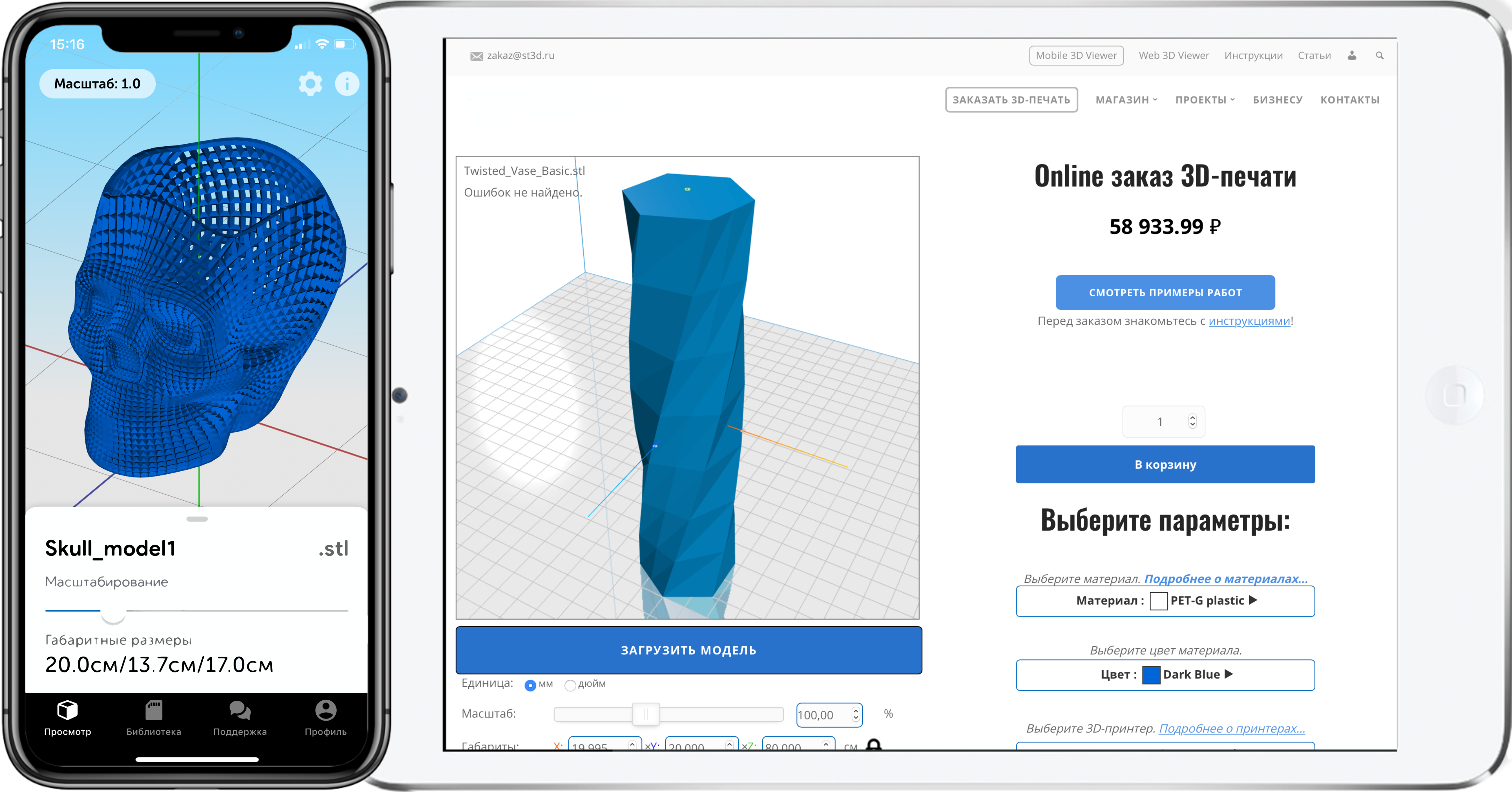



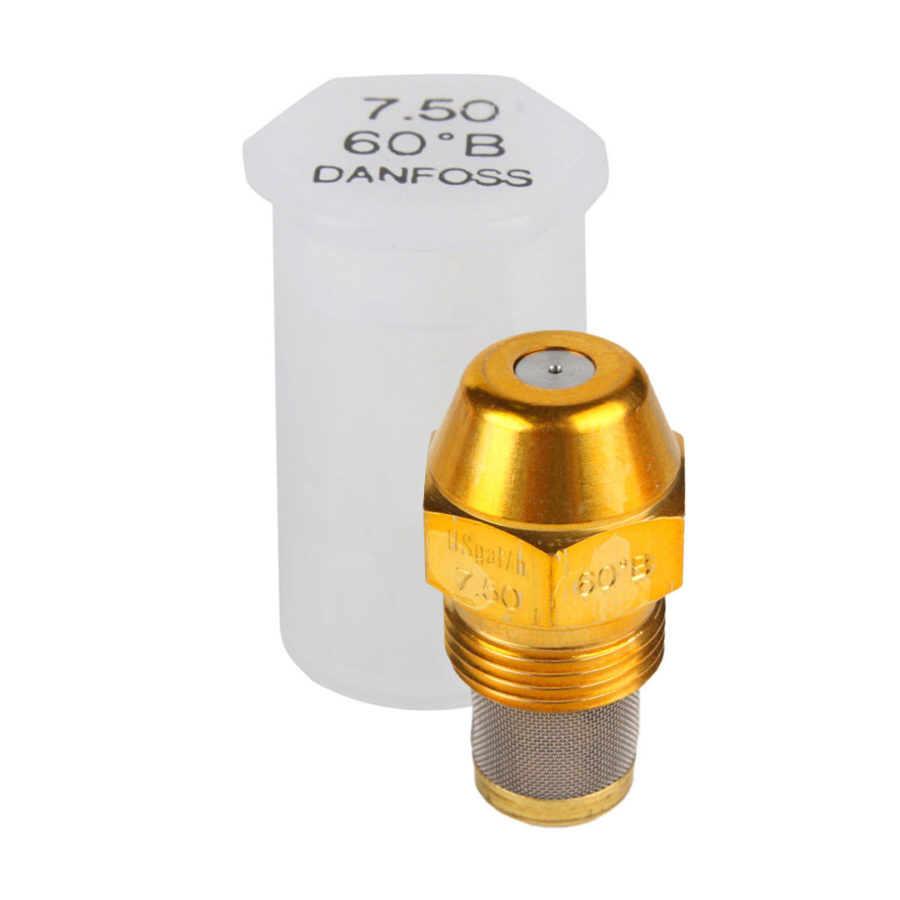
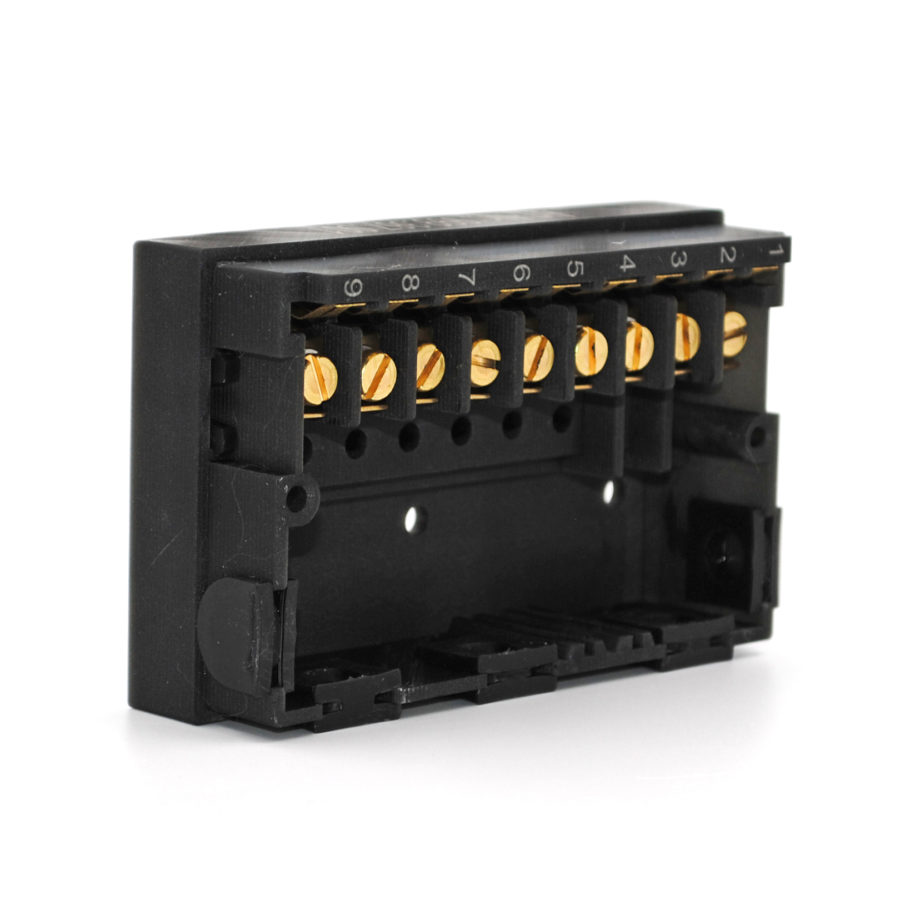
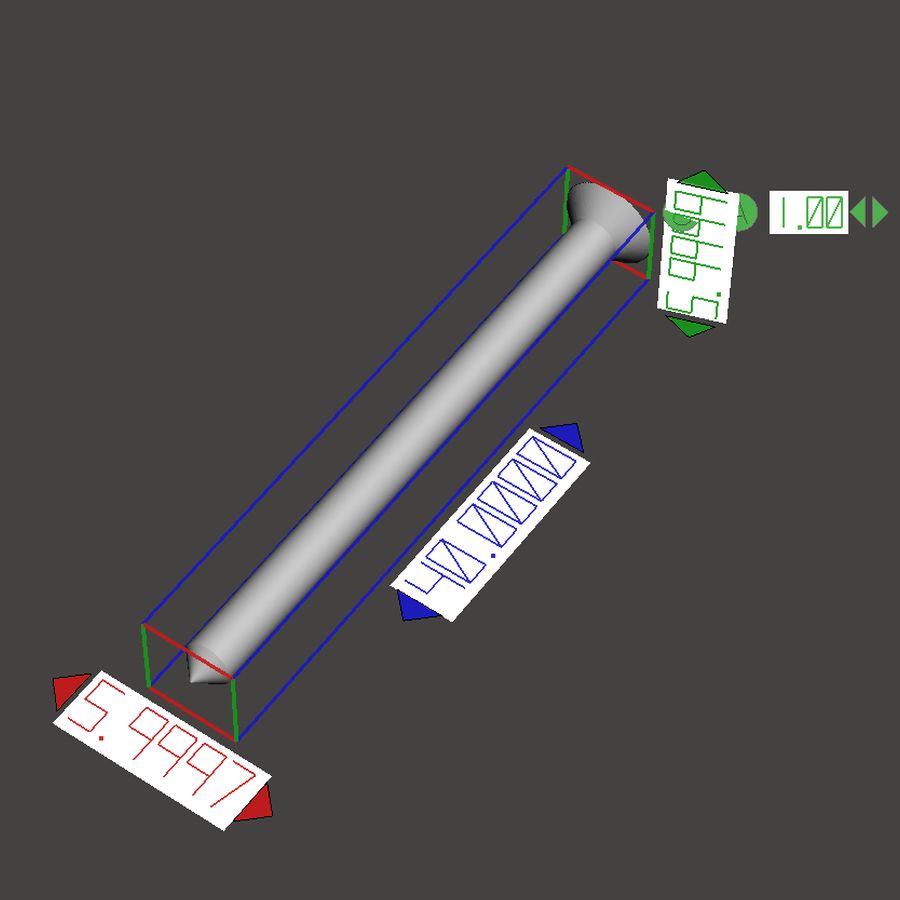
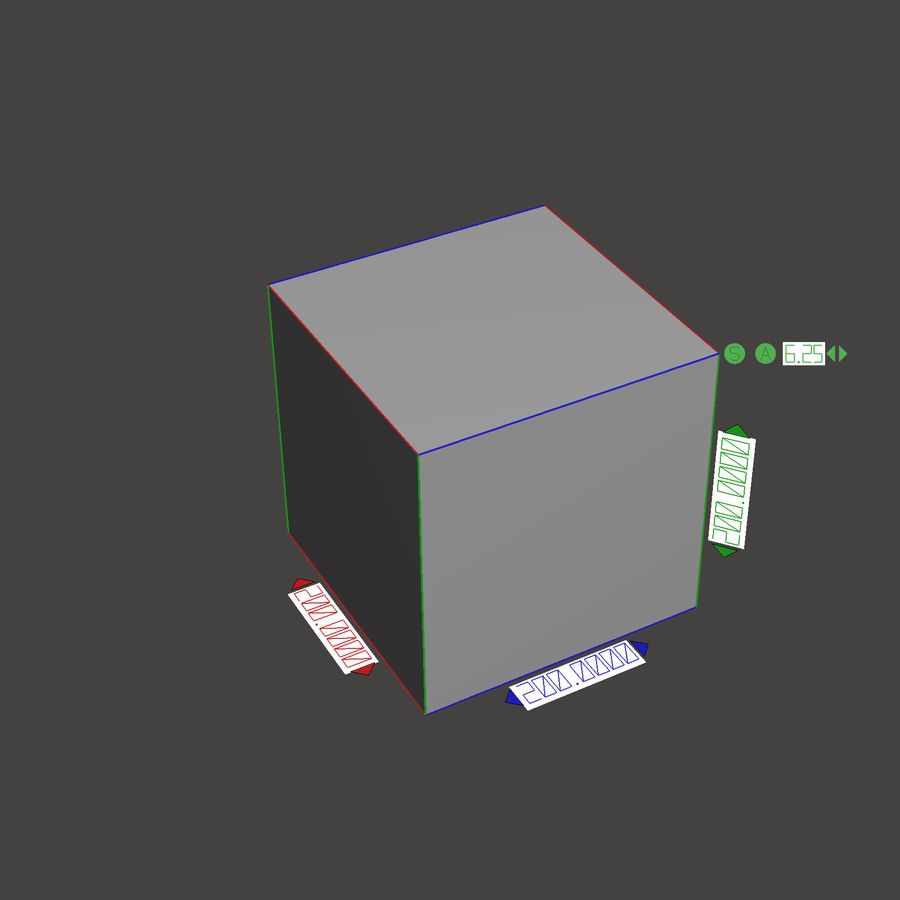
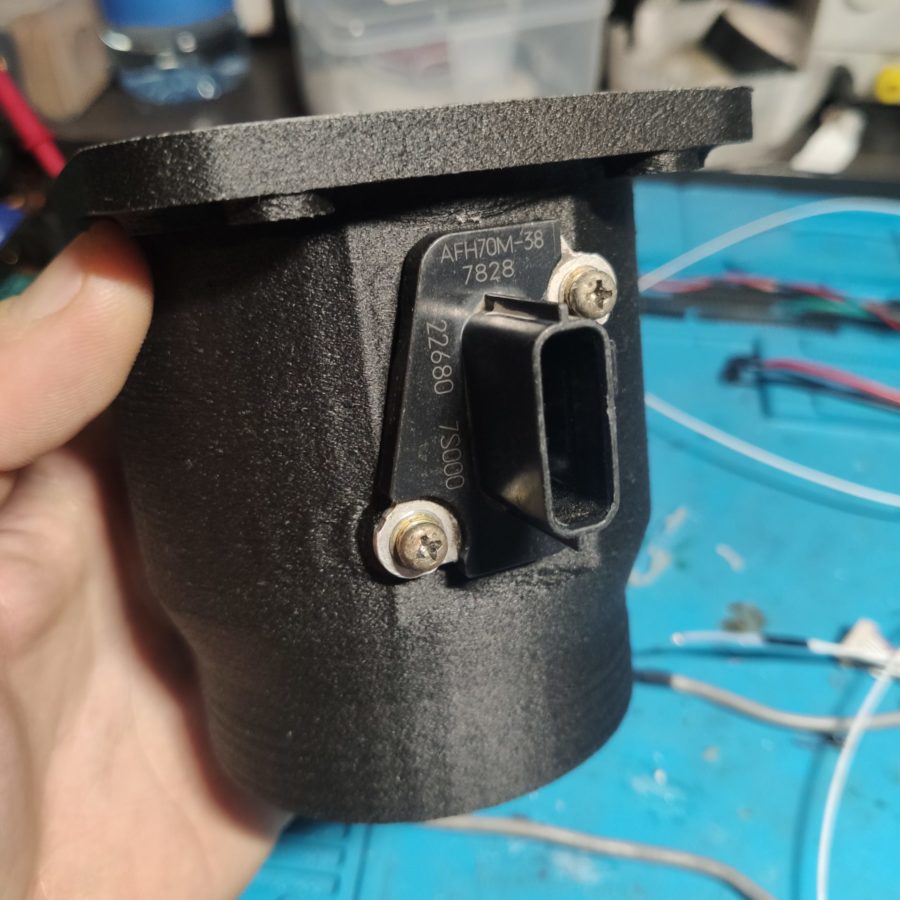

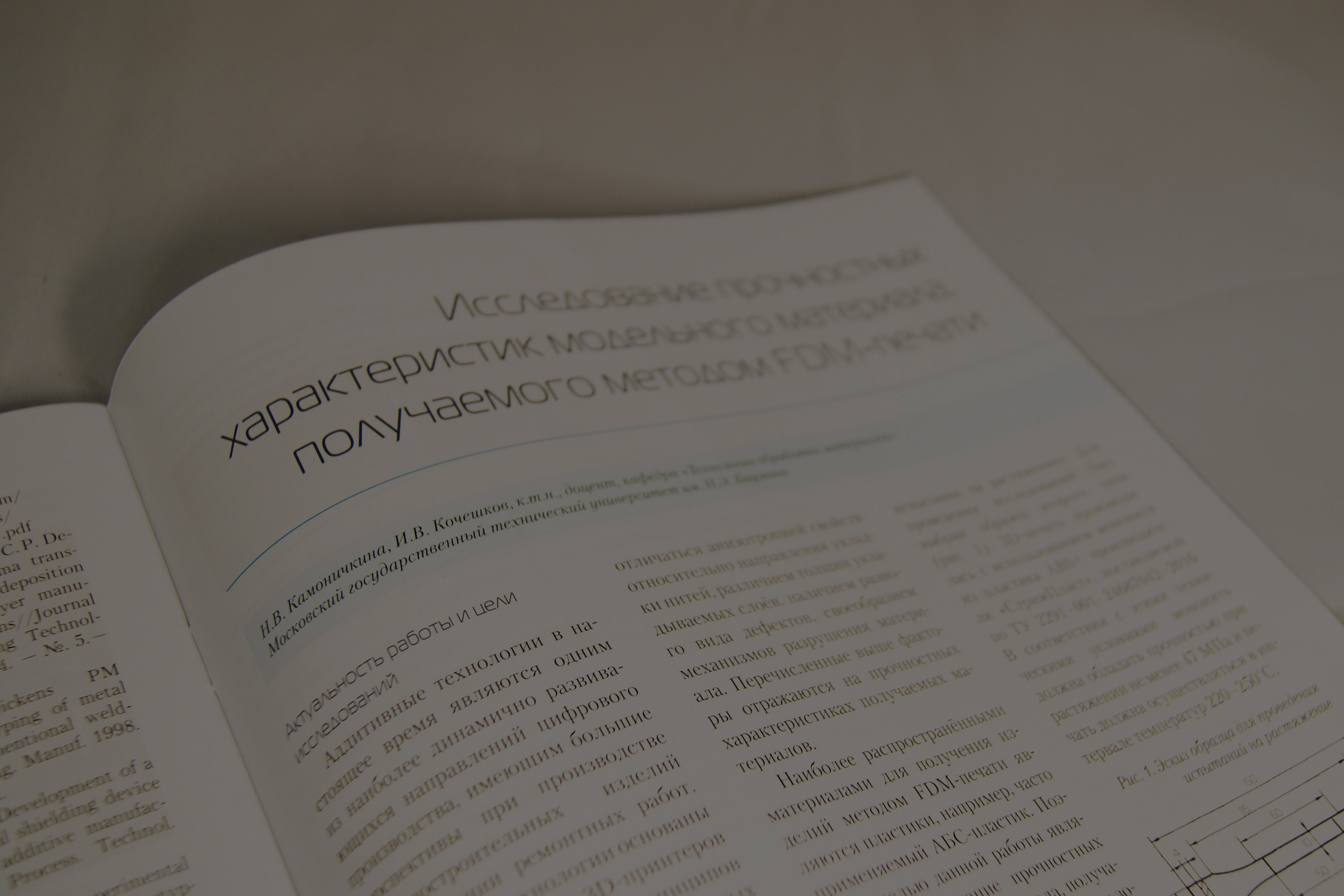




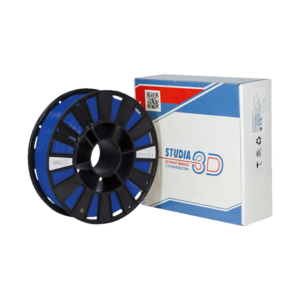
Author: Natalia Kamonichkina
More articles from Natalia Kamonichkina